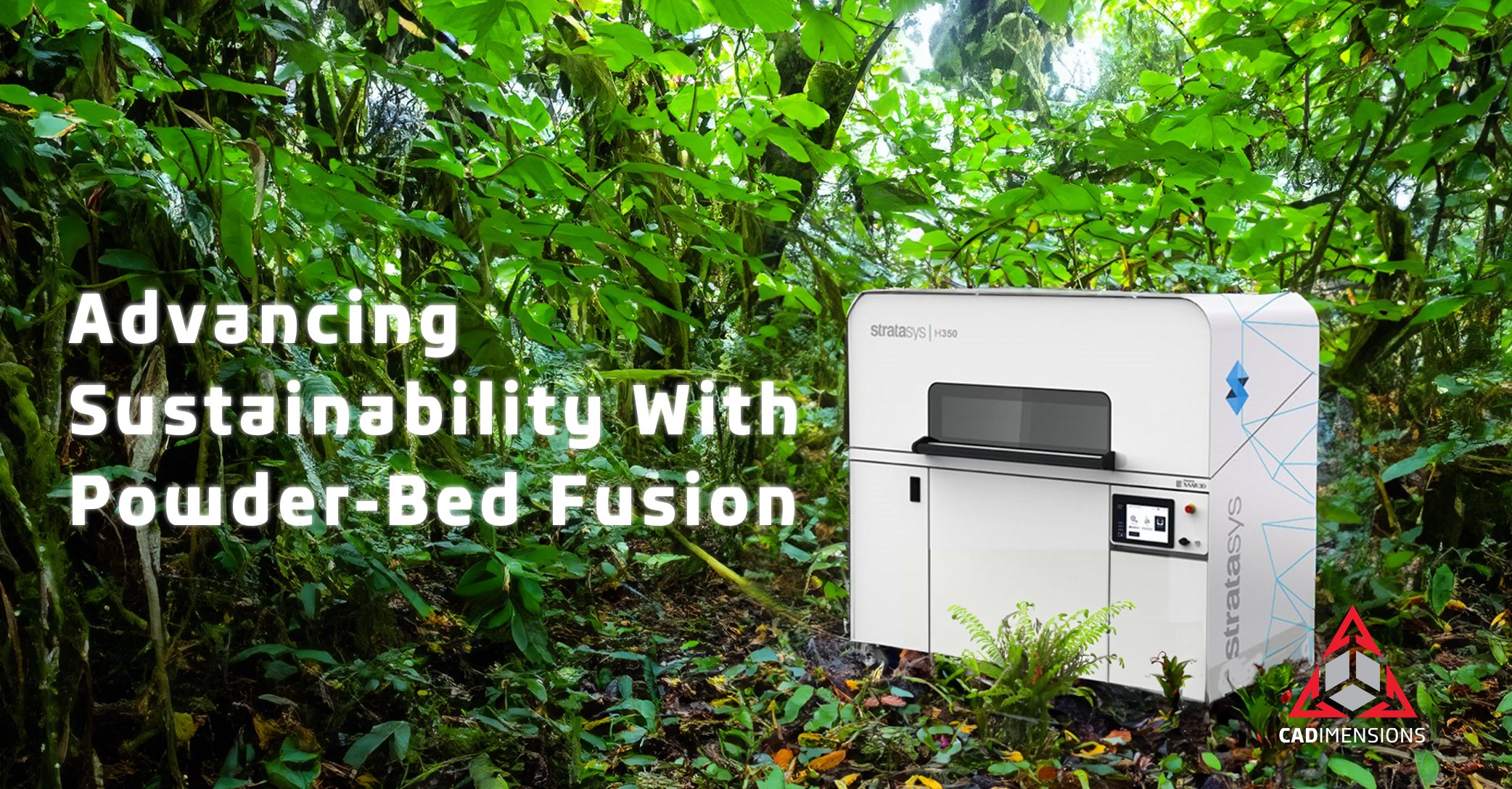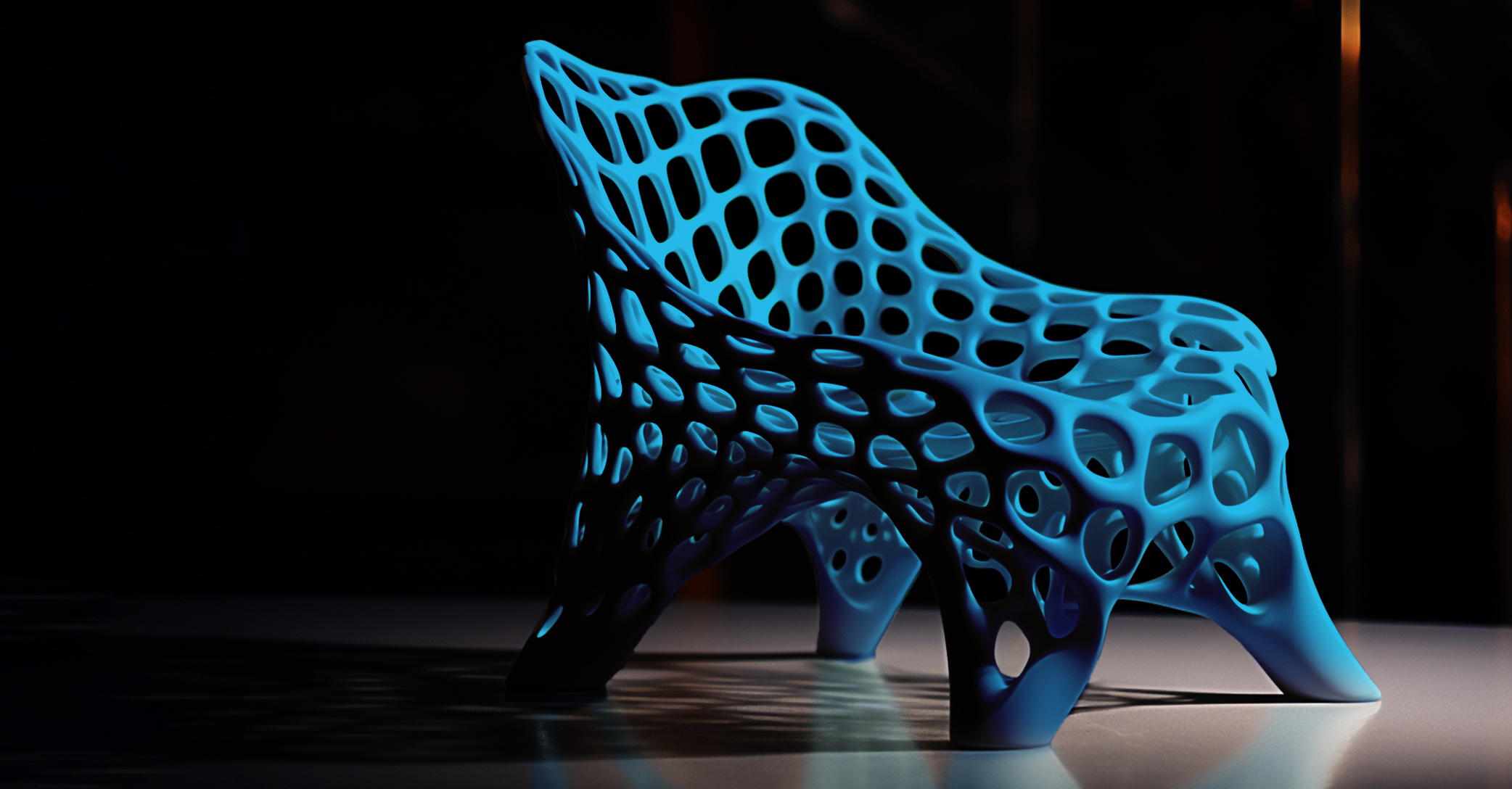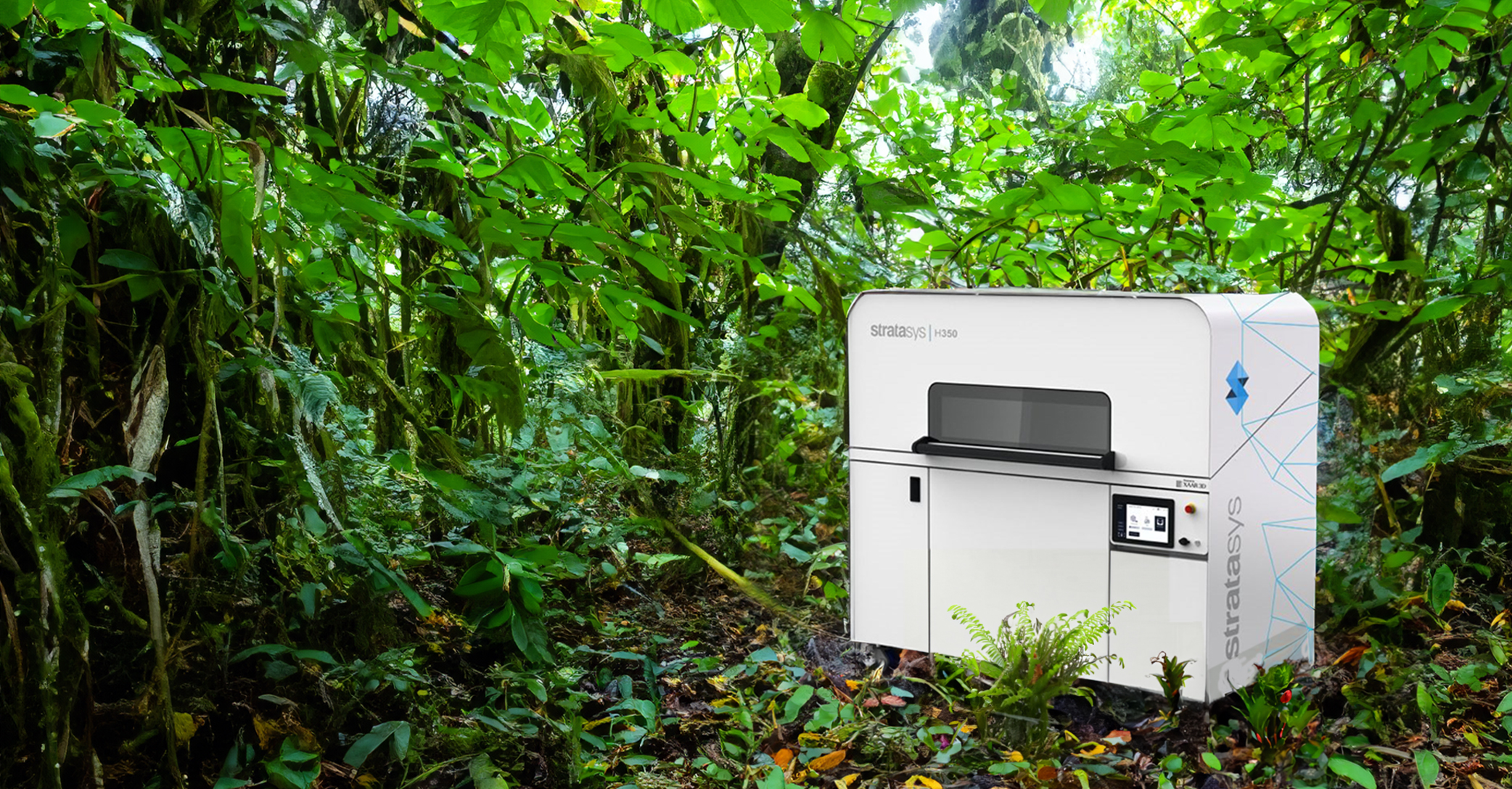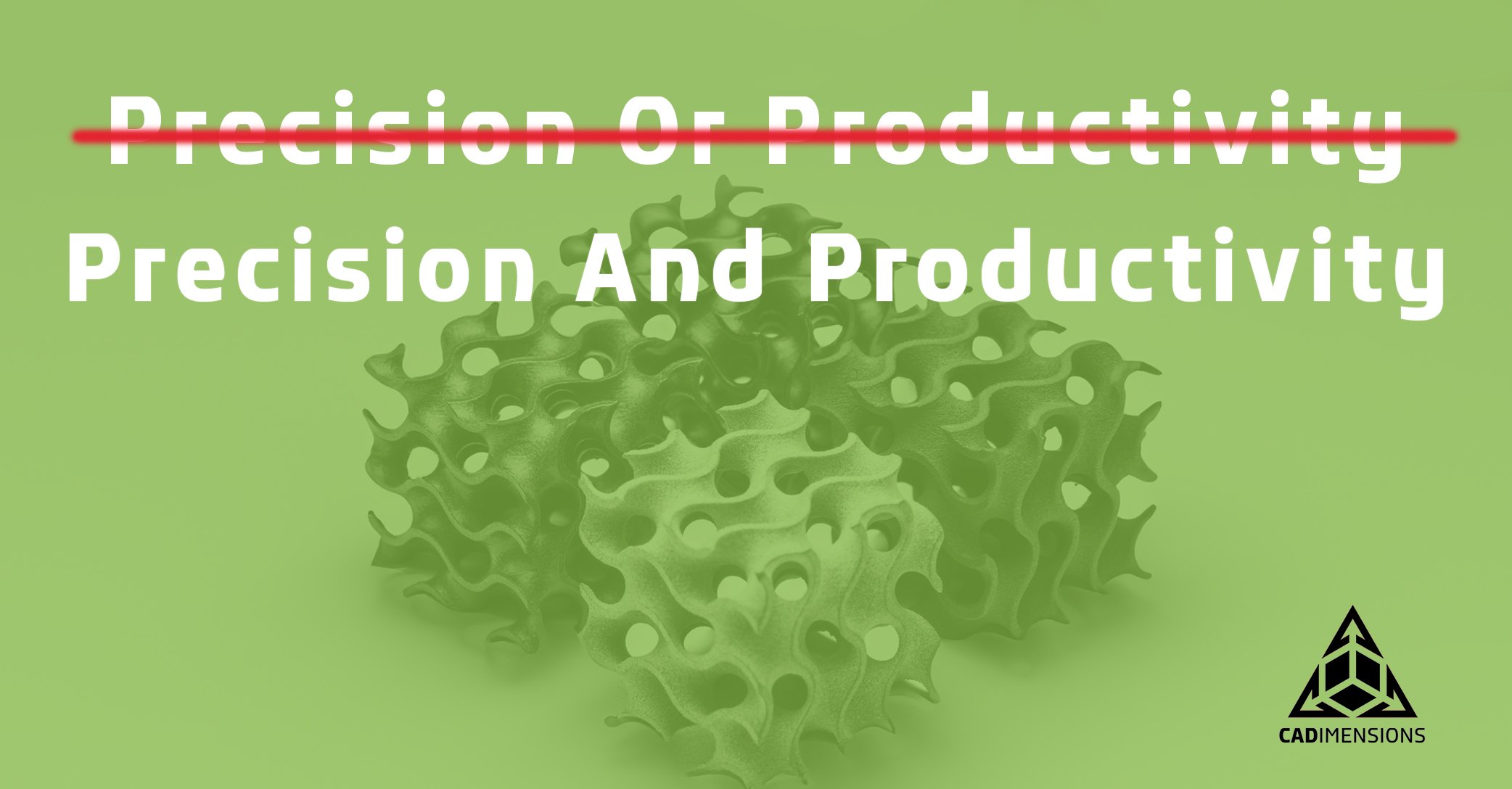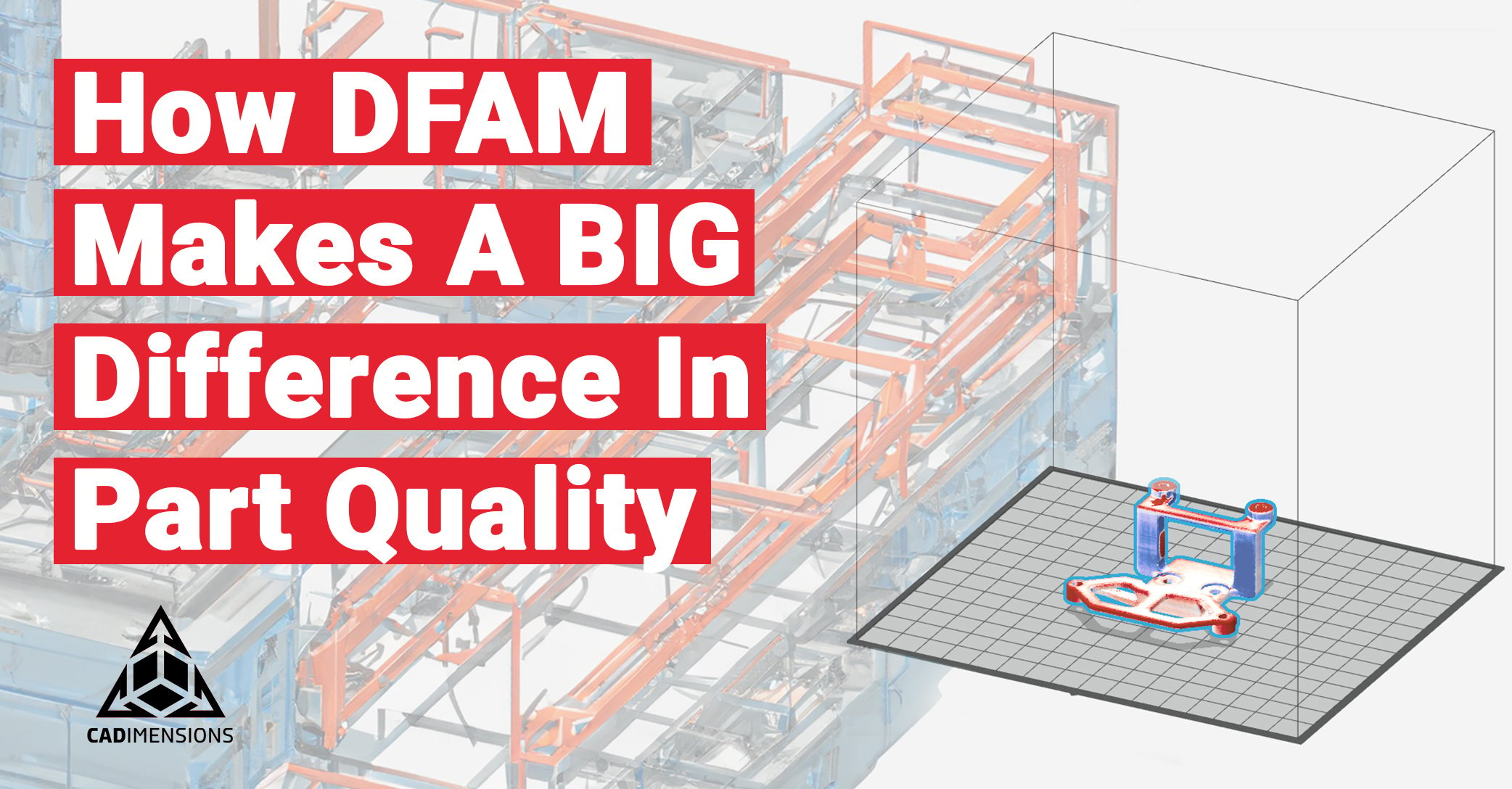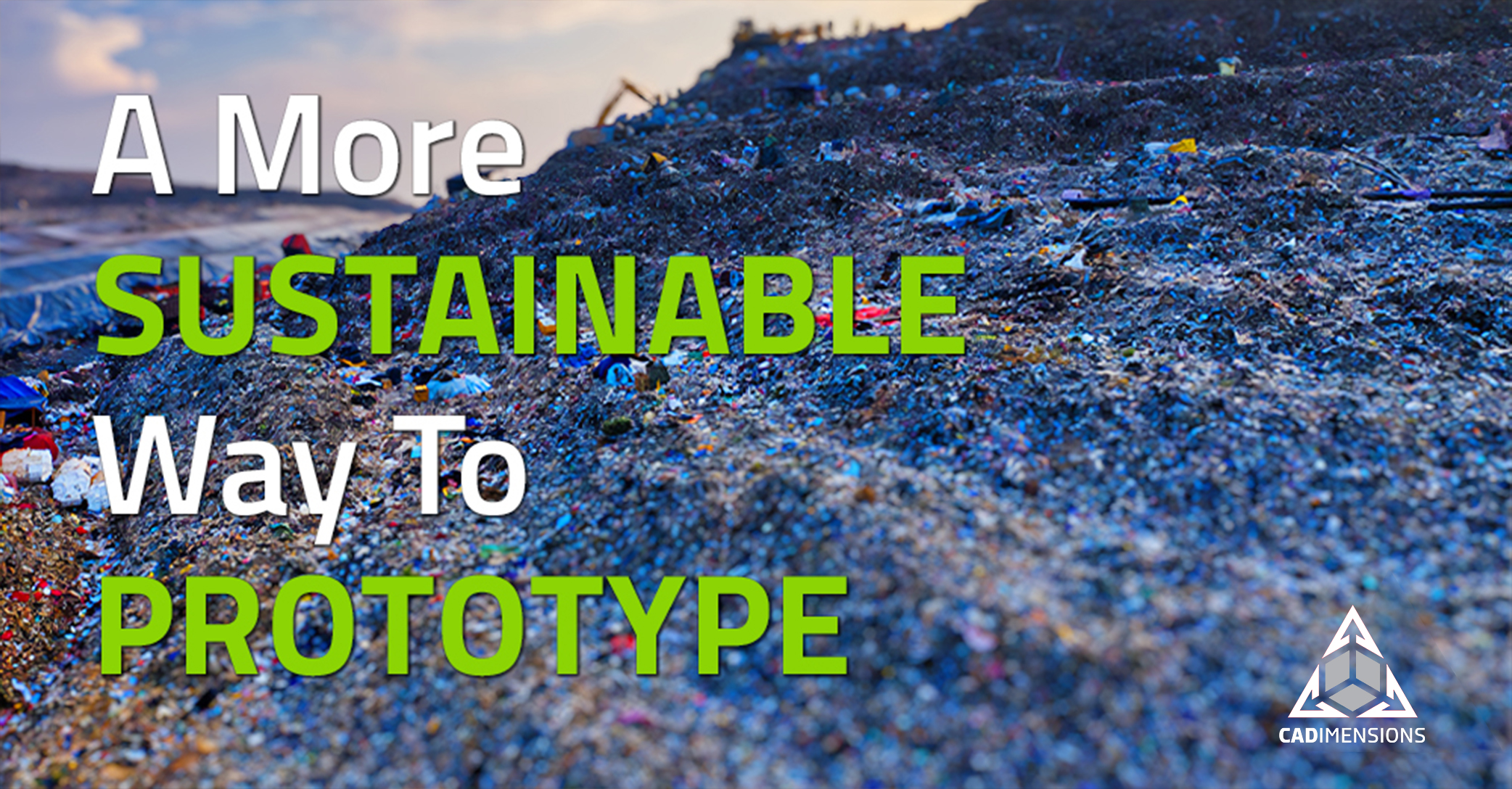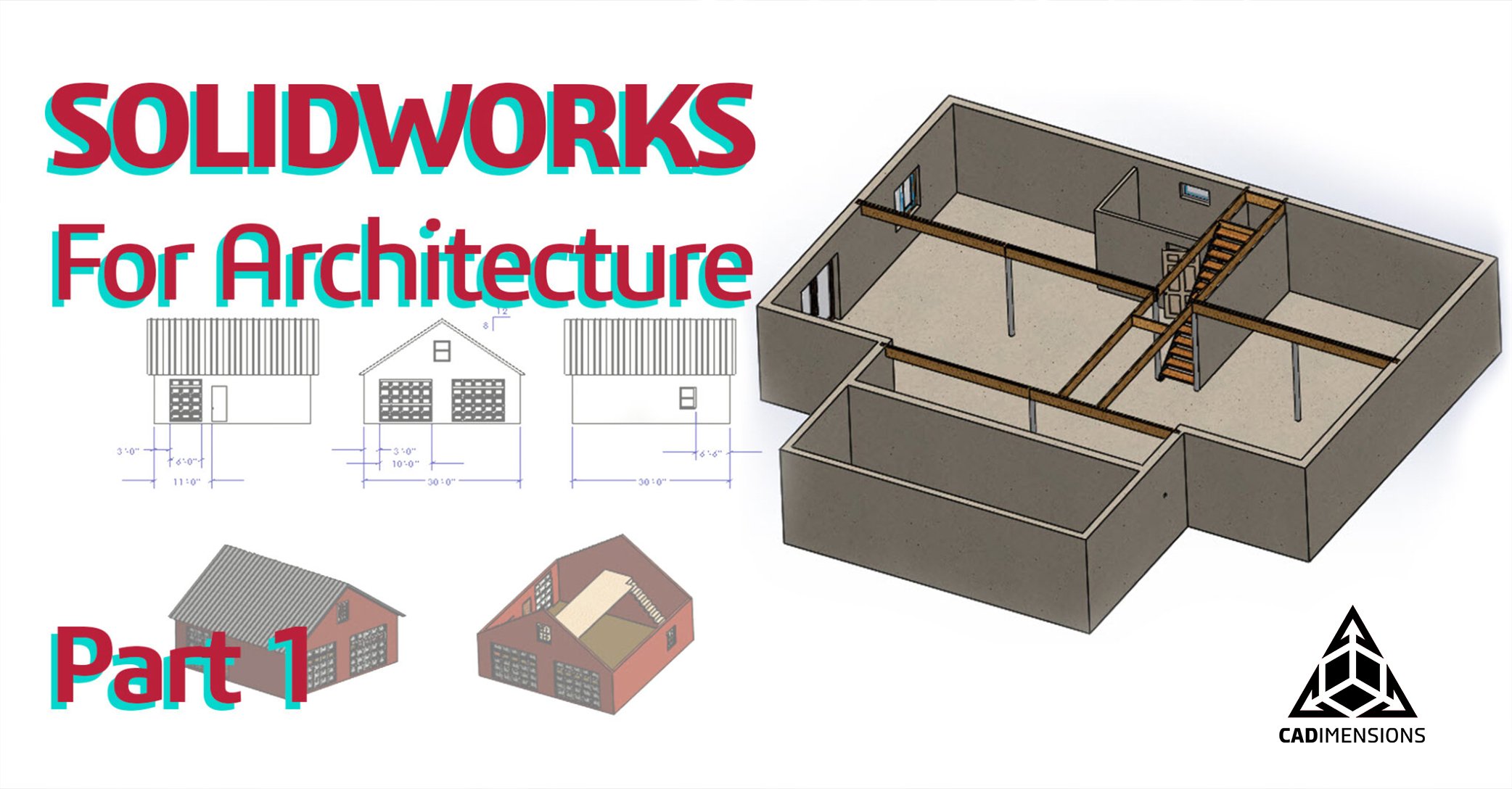Powder-Bed Fusion: Anticipating the Next Generation of Sustainable Manufacturing
In today's fast-paced world, where sustainability and efficiency are top of mind, additive manufacturing is recognized as a game-changing solution. Among these techniques, powder-bed fusion (PBF) is known for its ability to create functional parts with less waste. In this blog, we will explore the growing sustainable aspects of PBF and how this technology is impacting industries.
Energy Efficiency and Resource Conservation
By leveraging PBF technology, manufacturers take advantage of a variety of renewable practices. PBF promotes the use of resuing materials and precise additive layering – which in turn preserves resources, leading to decreased waste. “In electron beam powder-bed fusion, there is a possibility of reusing 95–98% of the powder that is not melted.” When compared to traditional manufacturing methods, these qualities show that PBF is making a long-lasting positive impact on various industries and the environment.
Industry Transformations Enabled by Powder-Bed Fusion
This technology has become a strong manufacturing solution within industries such as aerospace and automotive.
In aerospace, powder-bed fusion has changed the production of lightweight, complex components with improved strength-to-weight ratios, boosting fuel efficiency and reducing emissions.
The automotive industry benefits from PBF's ability to manufacture customized parts, upgrading designs for light weighting, and create intricate internal structures for improved performance. Examples include, under the hood components such as; automotive vents, seat adjustment levers, HVAC air vent, gear shift housing and much more!
PBF has also had a positive impact on supply chain by reducing lead times, granting on-demand production, increasing awareness around local manufacturing, and decreasing the need for large storage facilities. With its exceptional precision, design capabilities, and sustainability benefits, PBF is opening the door to new possibilities for product development and manufacturing. This technology has brought significant benefits in the realm of manufacturing to the following markets; consumer goods/electronic, service bureaus, commercial goods, orthopedics/medical and transportation
Design Freedom and Material Optimization
Through the power of SAF technology, parts that were once challenging or impossible to achieve using traditional manufacturing methods, are now obtainable. This type of design freedom empowers engineers and designers to push the boundaries of what is possible, enabling the production of highly customized and unique components, all while playing a role in resource conservation.
Both PBF materials and design flexibility improve product performance and support earth-conscious manufacturing methods. Engineers are given the ability to control material usage and create customized, lightweight components - both resulting in resource efficiency.
Selecting a Responsible Material for Your Next Project
The Stratasys High Yield PA11 material, a nylon powder is known for its eco-friendliness and complete bio-based composition sourced from sustainable castor oil.
A Sustainable Promise for the Future
As we anticipate the next generation of ecological manufacturing, powder-bed fusion stands at the forefront of additive manufacturing techniques. With its potential to reduce waste, conserve resources, streamline material usage, and allow industry transformations, PBF offers a pathway to more sustainable and efficient production processes. As research and innovation continue to propel PBF forward, we can look ahead to a future where regenerative manufacturing becomes the new norm, paving the way for a more environmentally friendly and socially responsible world.

